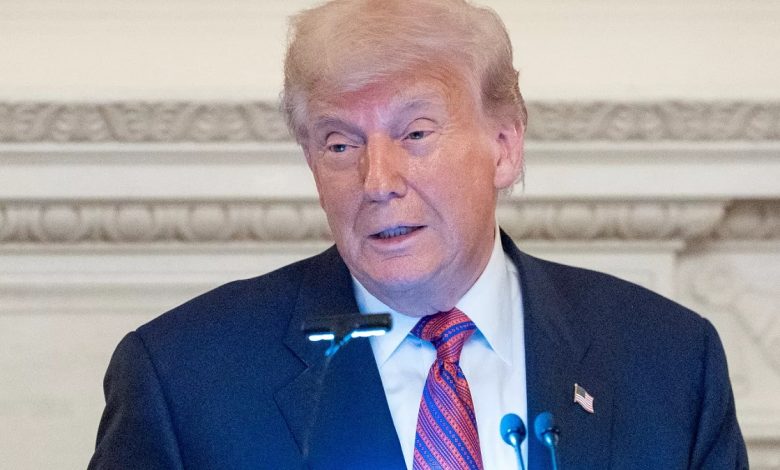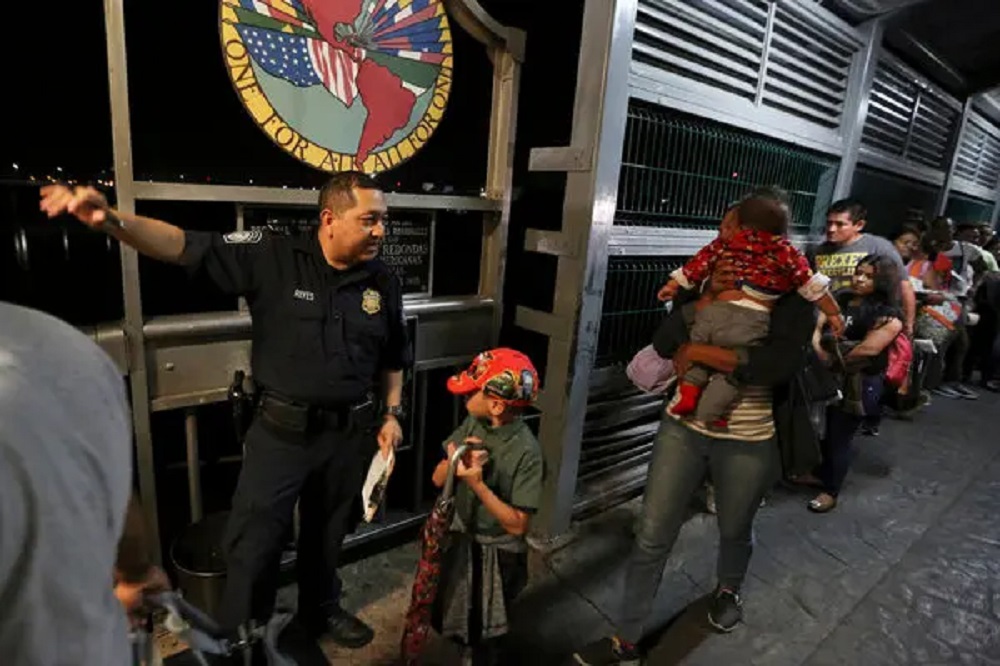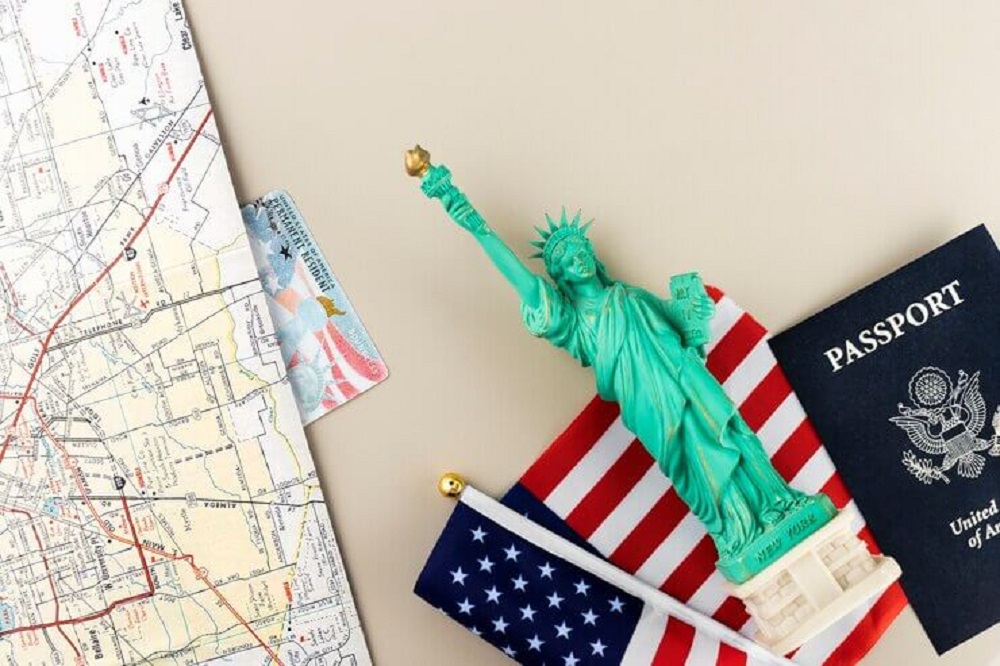U.S. Refugee Policy Under Trump: 40,000 Limit with Shift in Focus
Reports reveal discussions to admit 40,000 refugees in 2026, with Afrikaners from South Africa receiving the majority of slots, marking a sharp policy shift in U.S. refugee resettlement.

Two senior U.S. officials revealed that President Donald Trump’s administration is considering setting a cap of about 40,000 refugees for the upcoming fiscal year (2026), with the majority of slots reserved for white South African Afrikaners. This represents a stark departure from decades of bipartisan refugee policy that prioritized humanitarian need rather than racial or ethnic background.
According to Angie Salazar, the top refugee program official at the Department of Health and Human Services (HHS), state-level refugee workers have been informed to expect the 40,000 cap. Of that number, 30,000 places would be allocated to Afrikaners, a white minority of Dutch descent in South Africa, who Trump has repeatedly cited as facing “racial discrimination and violence.” These claims, however, have been rejected by the South African government, which accuses Washington of exaggerating or misrepresenting the situation.
This potential ceiling marks a sharp reduction compared to 100,000 refugees admitted under President Joe Biden in 2024, but remains higher than Trump’s historically low ceiling of 15,000 in 2021, set during his first term. Sources say that lower alternatives—such as a cap of 12,000—are also under discussion.

A Controversial Shift Toward Race-Based Resettlement
Refugee policy experts note that Trump’s focus on Afrikaners represents a profound transformation of U.S. refugee priorities. Traditionally, refugee admissions have been based on vulnerability, persecution, and international humanitarian needs. With 37 million refugees worldwide according to the United Nations, advocates argue that focusing on one privileged group undermines U.S. commitments to global humanitarian norms.
In addition to Afrikaners, Trump’s administration may also resettle a limited number of Afghans who assisted U.S. forces during the war in Afghanistan and possibly Ukrainians. However, internal emails and statements suggest that most refugee slots will remain vacant or unused.
White House Deputy Press Secretary Anna Kelly emphasized that no final decision has been made until Trump signs off on the 2026 refugee ceiling on October 1. She added: “President Trump has a humanitarian spirit and has welcomed these brave individuals. Any numbers discussed at this stage remain speculation.”
Implementation Challenges and Workforce Cuts
The program has already begun in small numbers. By early August, 93 Afrikaners had arrived in the U.S., though 59 had been admitted in May alone. To manage the resettlement program, the State Department cut back many refugee staff in July, reallocating inexperienced HHS workers to Pretoria, South Africa.
Critics note that most of these reassigned employees lack direct experience in refugee screening, raising concerns about the integrity and fairness of the process.

Reduced Benefits and Refugee Struggles
Trump previously reduced refugee benefits after taking office, cutting cash assistance and health care support from one year down to just four months. New arrivals have already voiced frustration over the lack of support.
One Afrikaner family resettled in Missoula, Montana, wrote to the HHS refugee office describing how they spent over $4,000 on Uber rides, food, and SIM cards, while struggling to secure jobs due to not having Social Security numbers. They also expressed fears of homelessness after their temporary government-funded hotel stay expired.
The Department of Health and Human Services has insisted that complaints are taken seriously and that temporary housing provides food and basic needs, but insiders note that many newcomers expected the standard refugee benefits that Trump has now eliminated or reduced.
The Trump administration’s deliberations signal a fundamental redefinition of U.S. refugee policy, prioritizing white South Africans over more vulnerable populations worldwide. While supporters frame the move as a humanitarian response to discrimination, critics see it as a race-based shift that could undermine America’s historic role as a global refuge.



